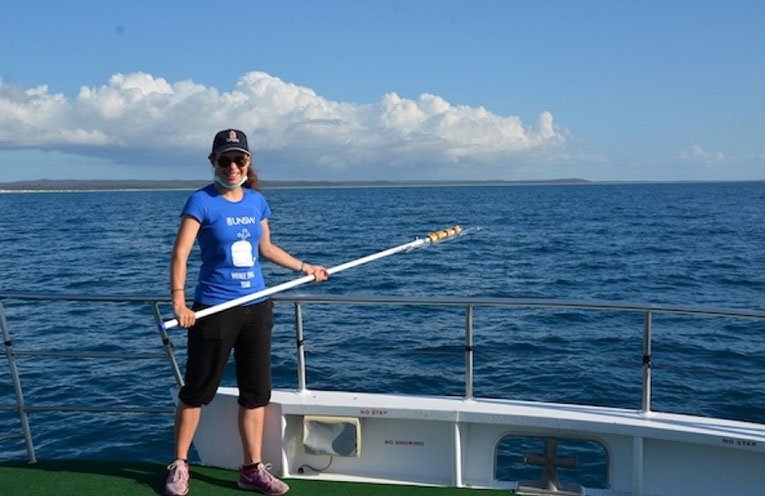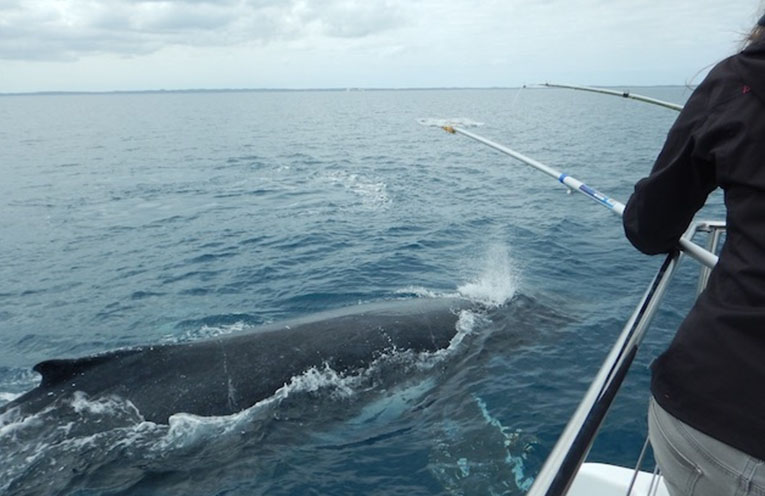
EAST Australian humpback whales complete, on average, an 8000-kilometre round trip between Antarctica and Queensland from May to November each year, fasting for most of their journey.
 Advertise with News of The Area today.
Advertise with News of The Area today.It’s worth it for your business.
Message us.
Phone us – (02) 4981 8882.
Email us – media@newsofthearea.com.au
Lead author and researcher, Dr Catharina Vendl, was part of a team of UNSW researchers who studied the changes to these whales’ airway bacteria, which showed the physiological challenges they experience during migration, and indicated a possible compromised state of health.
“Our findings are the first to provide good evidence of a connection between the whales’ airway bacterial communities, their physiology and immune function – something that has been established in humans,” said Dr Vendl.
“In general, we assume that this shift in microbiota is a naturally occurring phenomenon caused by the whales’ annual migration.”
“Studies have shown that whales accumulate large volumes of environmental pollutants in their stored fat layers/blubber.”
“When they live off their blubber during migration these pollutants are released into the body and can have a negative effect on the immune system of the whales,” she said.
In addition to reducing marine pollution, Dr Vendl said that it’s important to minimise potentially stressful impact on the whales, which includes following the legal guidelines for boats to keep a safe distance from the whales.
“The whales do recover when they return to their feeding grounds in Antarctica,” she said.
“However, the increase in marine pollutants and other anthropogenic stressors are a more recent phenomenon adding to the whales’ compromised immune system.”
“Humpback whales do not only play an essential role in their marine ecosystem but also represent an important economic resource, because whale watching is a booming industry in many Australian cities and around the world.”
By Ashley CHRYSLER

